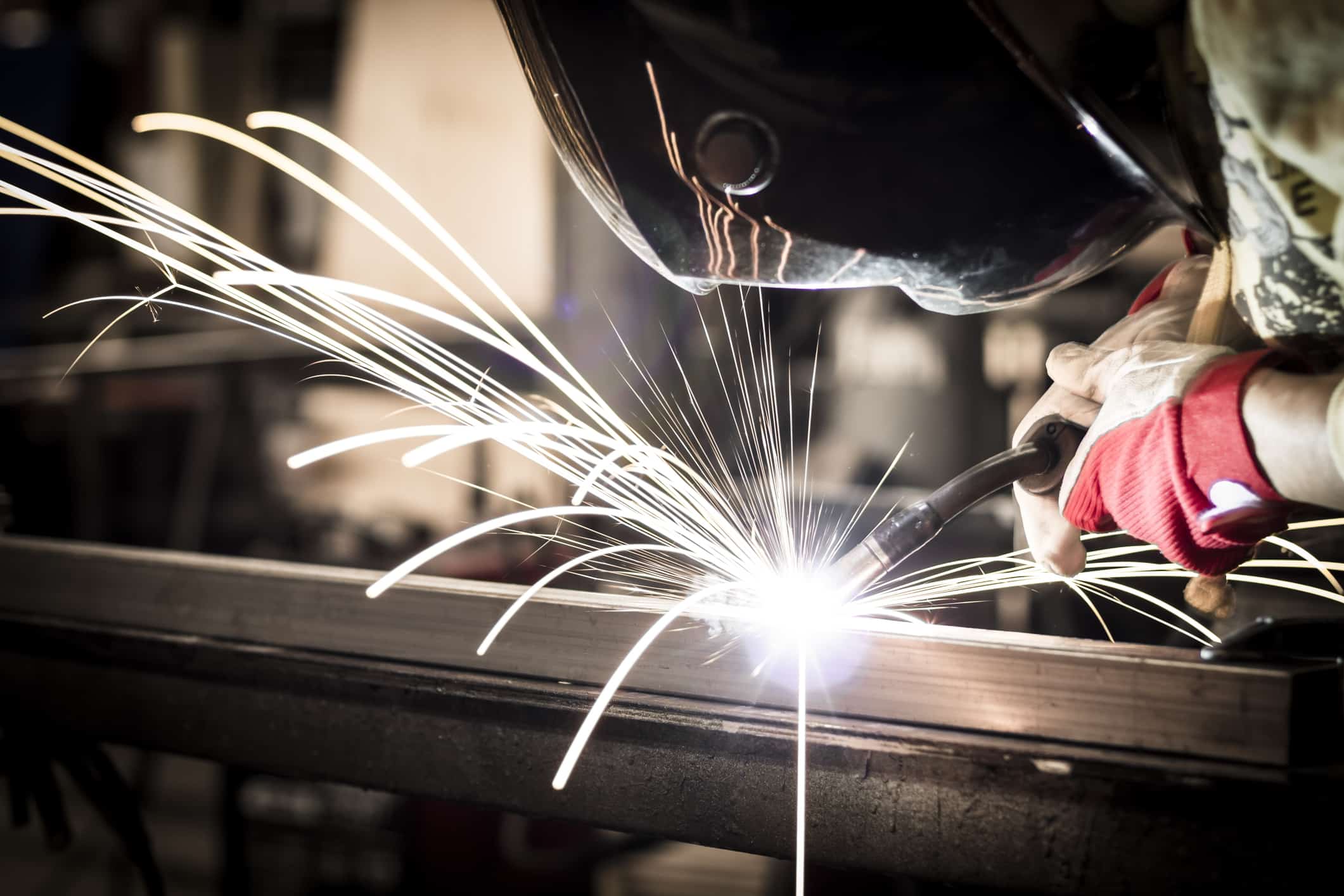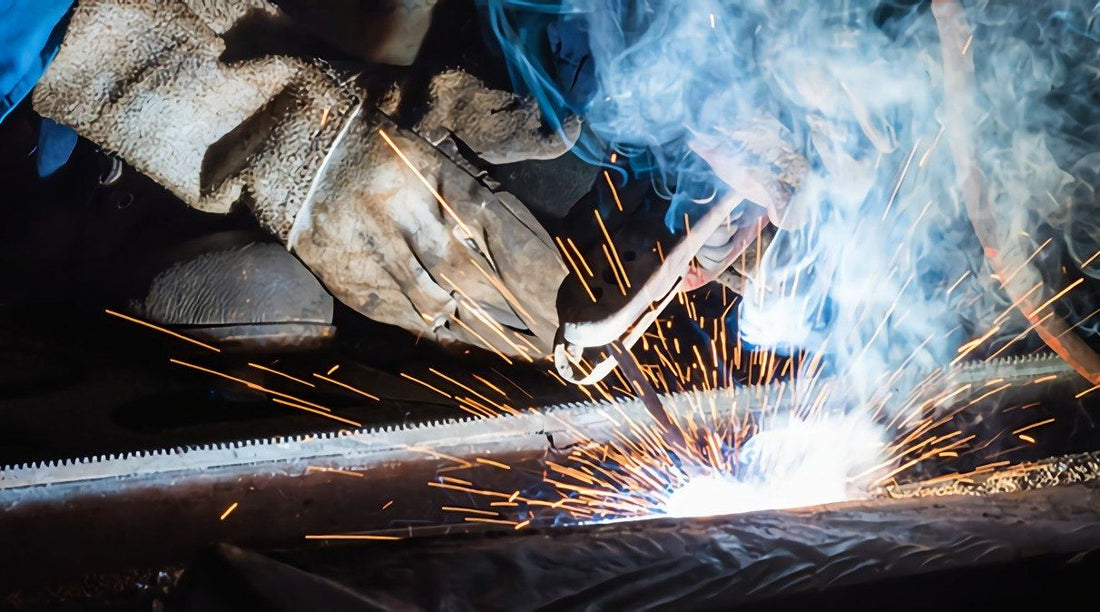A quick guide about overheating prevention from Montana Mobile Welding and Repair
Everything about Welding: Key Insights Into Techniques and Ideal Practices for Success
Welding incorporates a range of strategies, each matched for certain materials and applications. Recognizing these approaches, such as GMAW, SMAW, and TIG, is crucial for achieving suitable results. Furthermore, the appropriate tools and safety and security techniques can not be forgotten. As prep work and repairing play vital duties in the welding procedure, mastering these components can substantially improve the high quality of the end product. What are the key variables that assure an effective weld?
Understanding Different Welding Techniques
Welding techniques incorporate a variety of methods, each fit to certain applications and products. Amongst the most usual strategies are Gas Steel Arc Welding (GMAW), Secured Metal Arc Welding (SMAW), and Tungsten Inert Gas Welding (TIG) GMAW, likewise recognized as MIG welding, is preferred for its speed and flexibility, making it excellent for slim products. SMAW, or stick welding, is preferred for its simpleness and effectiveness in outdoor settings, specifically with thicker metals. TIG welding offers precision and control, making it appropriate for detailed job and non-ferrous metals (Belgrade Welding). Each technique has its unique benefits and considerations, permitting welders to select the very best approach based on the task's requirements, material kind, and wanted end results. Understanding these methods is crucial for effective welding
Necessary Welding Equipment and Tools
While different welding strategies require particular abilities, the best equipment and devices are equally necessary for achieving high quality results. Essential welding tools includes welding machines, which vary relying on the technique-- such as MIG, TIG, or stick welding. Protective equipment, consisting of handwear covers, aprons, and headgears, warranties safety and convenience during the process. Additionally, clamps and fixtures aid protect products in position, ensuring precision in welds. Consumables like welding poles, cord, and shielding gas are also essential components that affect the quality of the weld. In addition, devices such as cutters and grinders facilitate surface area prep work and post-weld finishing, adding to a professional result. Spending in premium equipment inevitably enhances the performance and efficiency of welding tasks.
Safety And Security Practices in Welding
Correct security methods are necessary in the welding industry to shield employees from potential risks. Welders must put on proper individual safety devices (PPE), including safety helmets with correct shading, handwear covers, and flame-resistant garments. Adequate air flow is vital to lower exposure to hazardous fumes and gases generated throughout the welding process. In addition, employees must be educated in the appropriate handling of welding equipment to avoid crashes. Fire safety steps, such as keeping combustible materials far from the welding location and having fire extinguishers easily offered, are necessary. Regular evaluations of equipment and work areas can aid determine prospective threats before they result in accidents. By adhering to these security methods, welders can create a safer working environment and decrease threats connected with their profession.
Readying Products for Welding
Preparing products for welding is a crucial step that significantly affects the top quality and honesty of the end product (Belgrade Welding). Proper preparation includes cleaning up the surface areas to get rid of pollutants such as rust, oil, and dust, which can endanger the weld. Methods such as grinding, sanding, or making use of solvents are frequently utilized to accomplish a tidy surface. In addition, making sure that the materials mesh well is vital; spaces can bring about weak welds. It's additionally vital to think about the alignment and positioning of the components, as this will influence the convenience of welding and the final end result. Selecting the proper filler material and making certain compatibility with the base metals is necessary for attaining solid, sturdy welds.
Tips for Achieving High-Quality Welds
Achieving premium welds calls for focus to information and adherence to ideal methods throughout the welding procedure. Proper joint preparation is essential, making certain surfaces are clean and complimentary from contaminants. Choosing the ideal filler material and welding technique based upon the base metals is important for perfect bonding. Maintaining consistent traveling speed and angle while welding can promote and stop problems harmony. In addition, managing heat input is necessary; extreme heat can bring about bending and compromised joints. If necessary, routinely inspecting the welds during the process enables for prompt changes. Finally, utilizing proper post-weld therapies, such as cleansing and anxiety relief, can enhance the durability and integrity of the weld, inevitably guaranteeing an effective outcome.
Fixing Usual Welding Issues
Welding typically presents obstacles that can influence the high quality and honesty of the final item. Usual concerns such as porosity, irregular weld grains, and getting too hot can develop, each calling for details troubleshooting techniques. Recognizing these problems is important for welders to boost their skills and achieve suitable results.
Porosity Problems Explained
Although porosity can often be ignored, it continues to be an essential concern in welding that can compromise the honesty of a completed item. Porosity describes the presence of little gas pockets within the weld grain, which can weaken the joint and lead to premature failure. This problem commonly develops from pollutants, dampness, or improper protecting gas insurance coverage during the welding process. To mitigate porosity, welders must confirm that the base products are tidy and completely dry, make use of proper protecting gases, and keep regular welding parameters. Consistently evaluating the devices and environment can also aid identify read more possible issues before they materialize in the weld. Dealing with porosity effectively is vital for attaining solid, durable welds that satisfy quality requirements.

Irregular Weld Beans
Irregular weld grains can considerably impact the high quality and toughness of a finished item. Different aspects contribute to this issue, consisting of improper traveling rate, inaccurate amperage setups, and inconsistent electrode angles. When the welder moves as well quickly, a bead might show up slim and do not have infiltration, while relocating as well gradually can cause extreme buildup. In addition, making use of the incorrect amperage can cause either undercutting or too much spatter, both of which compromise weld integrity. The welder's method, such as inconsistent torch motion, can additionally cause unequal grain look. To alleviate these issues, welders ought to focus on maintaining steady, controlled movements and making sure correct tools setups to accomplish harmony in their welds. Uniformity is crucial to accomplishing strong and reputable welds.
Getting Too Hot and Bending Issues
Too much warmth throughout the welding process can result in considerable overheating and buckling issues, influencing the architectural honesty of the work surface. These issues usually show up as distortion, which can compromise alignment and fit-up, making further assembly challenging. Elements contributing to overheating consist of the option of welding criteria, such as voltage and travel rate, as well as the sort of material being bonded. To alleviate these concerns, welders need to preserve constant travel rate and suitable warm input while checking the workpiece temperature level. In addition, preheating or post-weld warmth treatment can help minimize stresses caused by rapid air conditioning - Montana Mobile Welding and Repair. Normal assessment and adherence to best methods are necessary in protecting against getting too hot and making certain the long life and integrity of bonded structures
Often Asked Questions
What Are the Career Opportunities in the Welding Industry?
The welding industry offers diverse job opportunities, including positions as welders, teachers, examiners, and engineers. Professionals can work in production, building, aerospace, and automobile markets, taking advantage of strong need and competitive wages in different duties.
How Can I Improve My Welding Speed Without Giving Up Quality?
To improve welding speed without sacrificing high quality, one must practice effective strategies, preserve tools, optimize setups, and boost hand-eye coordination. Normal training and seeking feedback can likewise significantly contribute to attaining quicker, high-quality welds.
What Accreditations Are Offered for Welders?
Various accreditations exist for welders, including those from the American Welding Society (AWS), the National Center for Building Education and Study (NCCER), and numerous industry-specific organizations. These qualifications improve employability and show ability efficiency.
Just How Does Welding Influence the Residences of Metals?
Welding influences the homes of steels by modifying their microstructure, which can result in modifications in toughness, solidity, and ductility. Heat input and cooling rates throughout the procedure significantly impact these product qualities.
Can I Bonded Dissimilar Metals Together?
